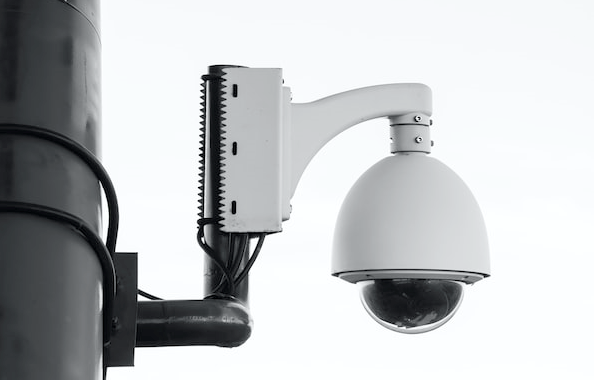Emergency response protocols are crucial in keeping your organization prepared for any unexpected situations that may arise. It can be the difference between potential disaster and efficient management during critical incidents.
Effective response protocols can minimize damages, save lives, and improve recovery time. In this article, we will outline key aspects you should focus on to improve your business’s emergency response protocols.
Integrate Technology and Emergency Response Systems
Implementing advanced technology and an emergency response system is crucial to improving your organization’s emergency preparedness.
This may include integrating solutions such as automation systems, access controls, security cameras, IP-based intercoms, and wireless panic alarms. Integrating these technologies into your emergency plan can increase responsiveness, providing a faster and more efficient response during critical moments.
Encourage your employees to familiarize themselves with the technology available and how it should be used during an emergency.
Providing training on these technologies ensures that employees are comfortable and confident in their ability to operate them when necessary. Moreover, as technology evolves, stay up to date with the latest advancements that could enhance your response capabilities and further safeguard your organization.
Establish a Comprehensive Emergency Plan
Establishing a comprehensive and well-structured plan is essential to improving your business’s emergency response. This should encompass various aspects of emergency preparedness, such as hazard identification, risk assessments, evacuation routes, designated safe areas, and communication strategies.
Conducting a thorough analysis of your current preparedness and identifying any weaknesses will help you tailor your emergency plan to your organization’s specific needs.
Involve your employees in this process by organizing brainstorming sessions and actively seeking their input. This can lead to new insights and ideas that you may not have otherwise considered, which can help create a stronger and more effective emergency plan.
Additionally, involving your employees in the planning stage will help increase their understanding of their roles and responsibilities during an emergency.
Collaborate with local emergency responders and law enforcement by inviting them to review your plan and provide input based on their expertise. This will also familiarize them with your organization’s layout and needs, ensuring a more efficient response in the event of an emergency.
Conduct Regular Training and Drills
Once your emergency plan is established, regularly conducting training and drills is essential for your employees’ preparedness. This ensures that everyone is familiar with their emergency roles and responsibilities, and it can help identify any areas in the plan that need improvement or further clarification.
Conduct tabletop exercises, hands-on training, and live drills to provide employees with different perspectives and experiences in emergencies.
During training, emphasize the importance of clear communication, teamwork, and decision-making. After every drill or exercise, debrief your employees on their performances and lessons learned. This creates an open environment that fosters continuous improvement and makes your emergency response more efficient over time.
Annually review your training sessions and update them, if necessary, to ensure that they stay relevant and effective for your organization. Changes in personnel, facilities, or even technology can impact the success of your emergency response, so it’s essential to reassess and adjust your training practices as needed continually.
See Also: 200+ Best Creative Team Names for Workplace
Promote a Culture of Preparedness and Safety
For an emergency response plan to be effective, it requires buy-in from everyone in the organization. Promote a culture of preparedness and safety by integrating safety initiatives into daily operations, including safety meetings, safety committees, and safety reports, to evaluate and improve your emergency response protocols continually.
A commitment to safety is crucial to encourage employees to prioritize safety by emphasizing its importance from the top down. Encourage open communication and feedback from employees about safety concerns, and actively address them to create a safer environment for employees and everyone involved.
Frequent acknowledgment and recognition of exceptional safety performance also demonstrate your commitment to safety and preparedness. Celebrate the success of your safety program, share best practices, and continually strive for improvement to create a positive safety culture throughout your organization.
Statistics show that many businesses impacted by disasters are never able to reopen. Improving your business’s emergency response protocol will help ensure that your organization can recover from a disaster.
This involves a combination of integrating technology, comprehensive planning, regular training and drills, and promoting a culture of preparedness and safety.
Addressing each of these aspects will not only better prepare your organization for unexpected incidents but also help to protect your employees and assets from potential harm.










